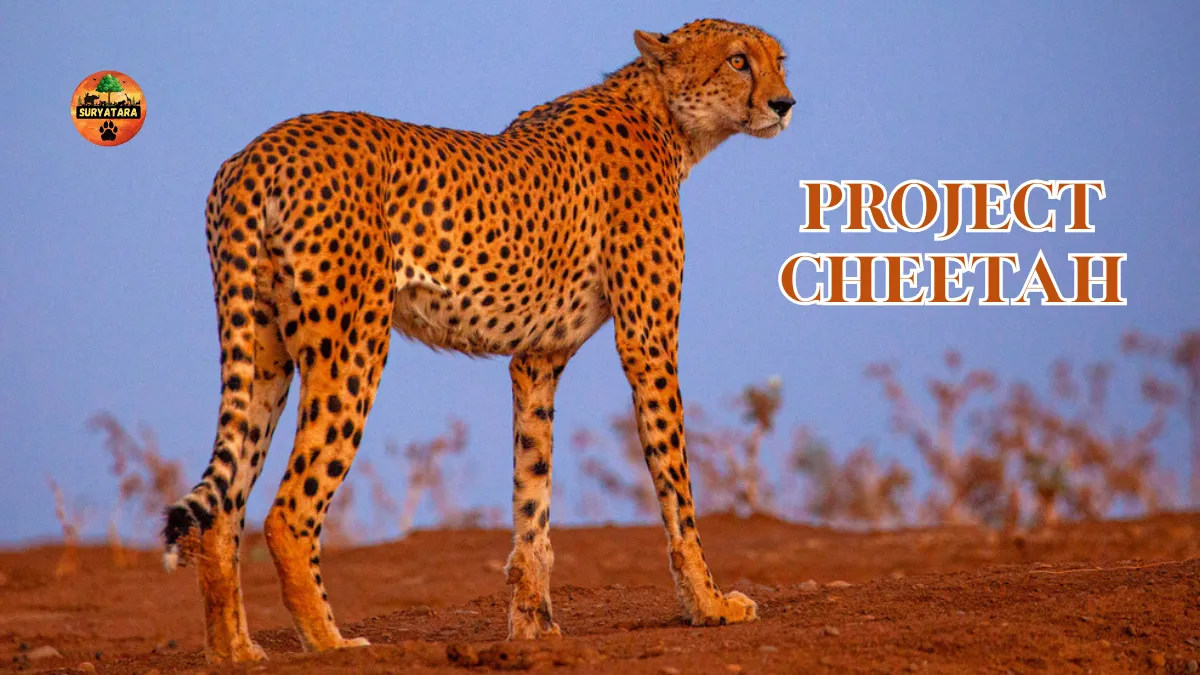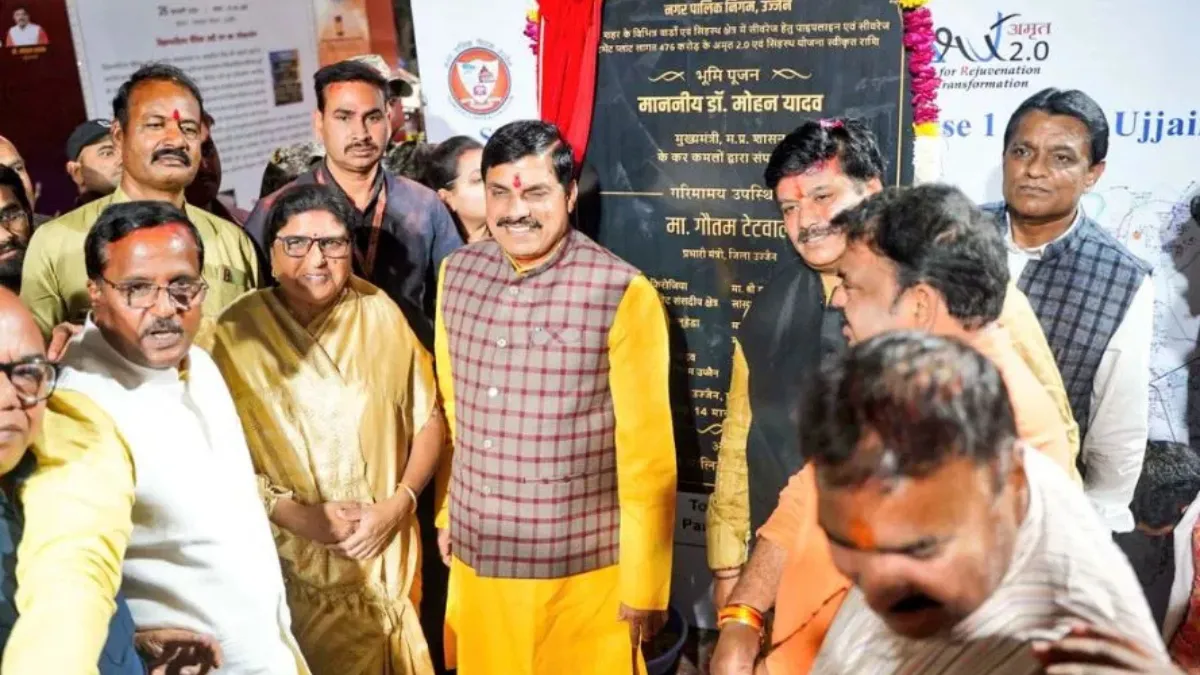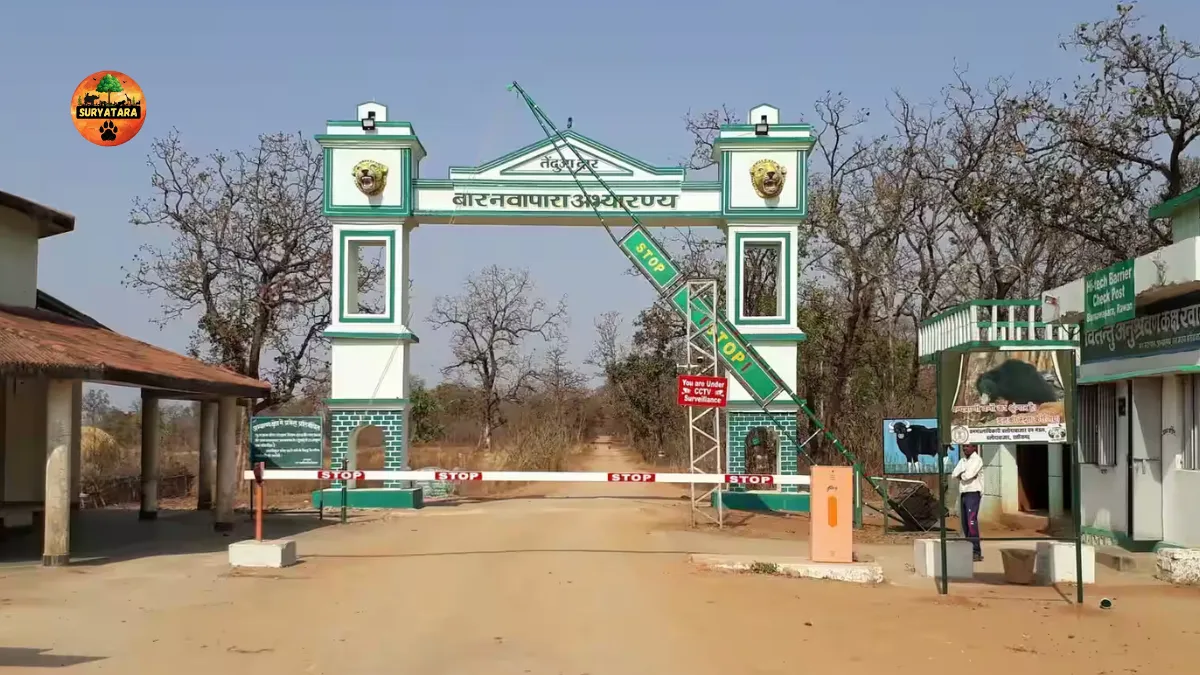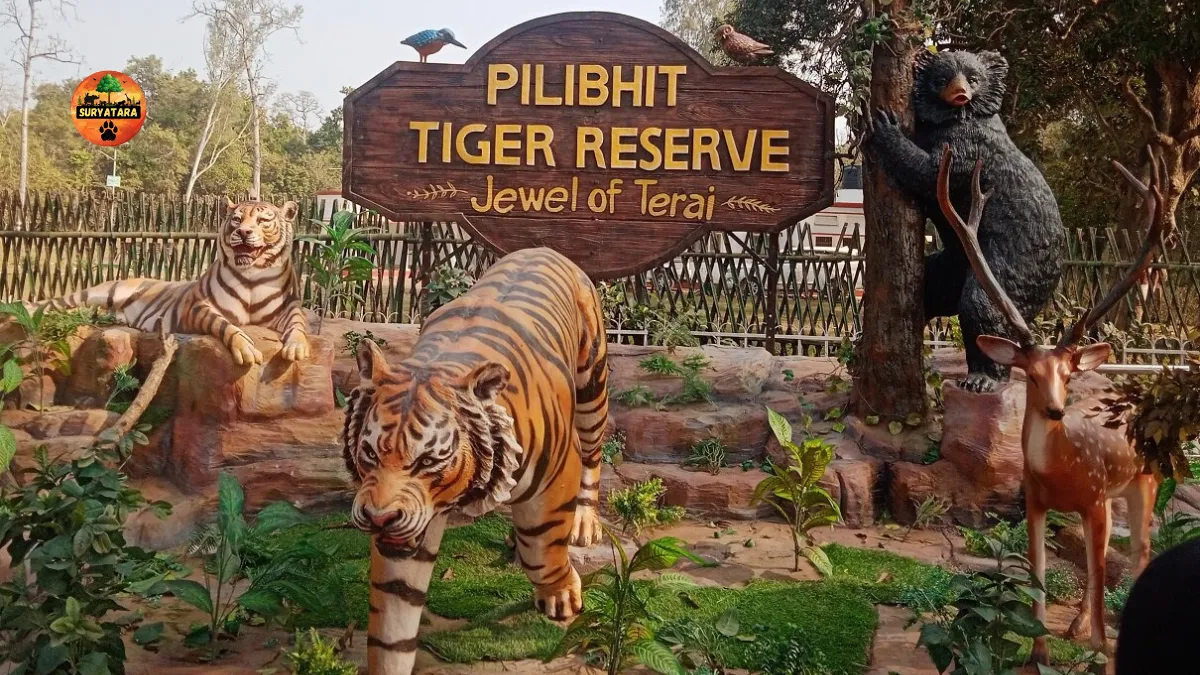World Lion Day 2025 is a day dedicated to raising awareness about the majestic lions that once roamed vast regions of the world, including India. The event aims to highlight the threats these animals face—habitat loss, poaching, and human-wildlife conflict—and to encourage conservation efforts for future generations.
While today’s lions are protected and celebrated, history tells a very different story. For centuries, lions were hunted as symbols of bravery and power. In India, no dynasty embraced the lion’s symbolism more than the Mughals, the powerful rulers of the subcontinent from 1526 to 1858. To them, the lion—Panthera leo—was more than just a wild animal; it was an emblem of kingship, rooted in their Turko-Persian cultural heritage.
Lions in Mughal Royal Culture
The Mughal emperors were descendants of Timur and Genghis Khan, with deep connections to Persian traditions. In ancient Persia, the lion was a royal emblem, often paired with the sun in the famous “Lion and Sun” motif, representing strength, authority, and divine favor.
The Mughals carried this symbolism into India. For them, hunting a lion was not merely sport—it was a royal ritual. Only the emperor or princes could engage in lion hunts, unless special permission was granted. The hunt symbolized the ruler’s ability to conquer dangerous forces, both in nature and in politics.
The Significance of Hunting in Mughal Rule
According to historian Ebba Koch, the first six Mughal emperors, known as the “Great Mughals,” all shared a passion for shikar (hunting). But this passion wasn’t just for pleasure—it had a political purpose.
Hunting was an extension of warfare. It demonstrated control over territory, acted as a show of power to potential rebels, and strengthened bonds with Rajput allies, who valued martial skill. Often, hunting expeditions doubled as political campaigns, with the emperor traveling across his empire while asserting dominance over the land.
The Mughal Hunting Landscape
In the Mughal period, vast stretches of India were still covered in forests, grasslands, and open spaces perfect for large animals like lions. Provinces like Agra had less than 30% cultivated land in the early 1600s, leaving plenty of wild areas for hunting.
The emperors were constantly on the move, traveling between capitals like Agra, Delhi, and Lahore, as well as regions such as Kashmir, Rajasthan, and the Deccan. Along these routes, they established hunting grounds, some of which became famous—Rupbas and Bari near Agra, Bhatinda and Sunam in Punjab, and Jodhpur and Merta in Rajasthan.
These hunts were carefully planned events, with the emperor’s entourage, soldiers, and courtiers taking part.
The Lion as the “Royal Quarry”
For the Mughals, the lion was the most prestigious animal to hunt. European traveler François Bernier noted that lion hunting was considered a privilege reserved almost entirely for royalty. The Mughal emperors viewed the lion as the ruler of the animal kingdom—just as they themselves ruled over their human subjects.
The hunt often took place before a military campaign, seen as an auspicious omen for victory.
Famous Mughal Lion Hunts
Several Mughal emperors had memorable encounters with lions:
- Emperor Akbar (reigned 1556–1605)
In 1562, near Mathura, Akbar encountered a pride of seven lions—killing most and capturing one alive. In 1568, between Ajmer and Alwar, he came across two lions traveling together, possibly a male coalition similar to those still found in Gir Forest today. - Emperor Jahangir (reigned 1605–1627)
Jahangir was an avid hunter. In 1623, near Agra, he killed a massive lion weighing 255 kg and measuring over 9 feet long—the heaviest recorded lion in India. He was so impressed by the animal that he had it painted, though the artwork has since been lost.
One hunt almost cost Jahangir his life. In 1610, a lioness attacked him after killing a cow. The emperor was knocked to the ground but was saved by the Rajput noble Anup Rai, an event immortalized in paintings of the period.
Mughal Encounters with Lone Lions and Prides
The Mughals hunted not just solitary lions but also groups. Lone males, coalitions of two males, and even large prides were fair game. The lion’s rarity and danger made it an irresistible challenge. A successful lion hunt was not just a test of skill—it was a public demonstration of the emperor’s courage and control over nature.
The Decline of Lions in India
During the Mughal era, lions were found across much of North India. They thrived in grasslands, scrub forests, and semi-arid regions, and their numbers remained relatively stable. However, the decline began with the arrival of the British East India Company in the 18th century.
By the late 1800s, uncontrolled hunting and habitat loss had pushed the Asiatic lion to the brink of extinction. By 1880, they survived only in the Kathiawar Peninsula of Gujarat, where the famous Gir Forest lions live today. Even small losses to hunting proved devastating for their already shrinking population.
Lions Today: A Conservation Story
Fast forward to World Lion Day 2025—the story of India’s lions is one of survival against the odds. Once spread across Asia, the Asiatic lion is now confined to the Gir Forest and a few surrounding areas in Gujarat. Conservation programs have helped their numbers slowly recover, but threats remain, including:
- Habitat loss due to farming and development
- Human-wildlife conflict when lions stray near villages
- Poaching for body parts and trophies
- Disease outbreaks in small, concentrated populations
Efforts by the Gujarat Forest Department, wildlife NGOs, and global conservation bodies have ensured that lions are no longer declining at the catastrophic rates of the 19th century.
Also read: World Lion Day 2025: Honoring the King of the Jungle and Inspiring Global Conservation
Why World Lion Day Matters
World Lion Day is not just about celebrating the beauty and majesty of lions—it’s about recognizing their importance in ecosystems and in human culture. Lions are apex predators, keeping prey populations in balance and maintaining the health of grassland and savanna habitats.
For India, the lion also holds deep cultural and historical significance. From the royal hunts of the Mughals to the lion capital of Ashoka that became India’s national emblem, Panthera leo has always symbolized courage, power, and justice.
Also read: Gir National Park: The Only Natural Home of Asiatic Lions
A Royal Legacy with a Modern Mission
The Mughals may have celebrated lions through hunting, but our relationship with these animals must now be one of protection and respect. Where once the lion was a trophy, today it is a treasure to be preserved for future generations.
On World Lion Day 2025, the best way to honor this royal creature is not through the hunt, but through conservation. Supporting wildlife protection projects, spreading awareness, and advocating for habitat preservation are all ways to ensure that the lion’s roar continues to echo—not just in history books, but in the wild landscapes of tomorrow.












